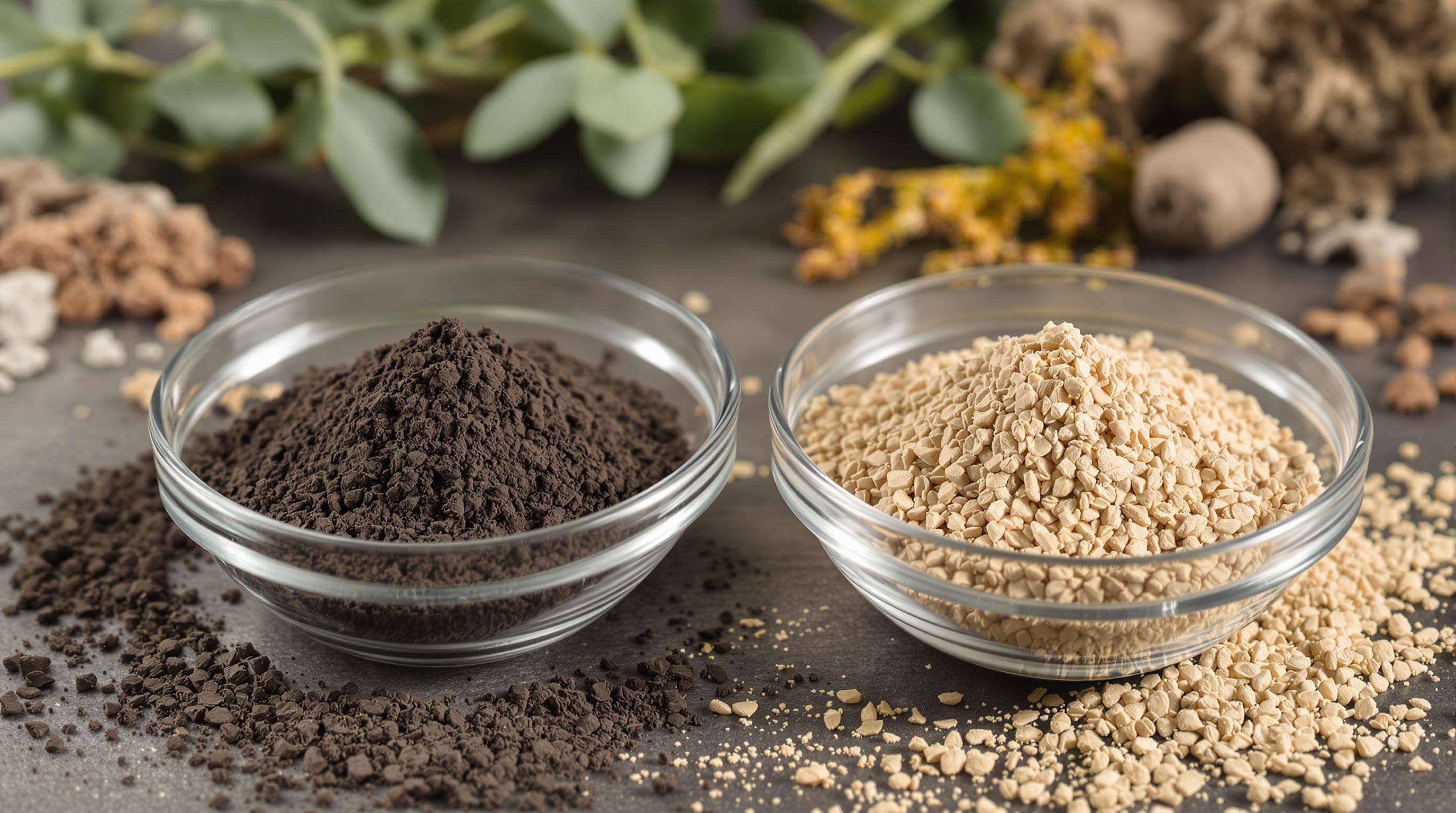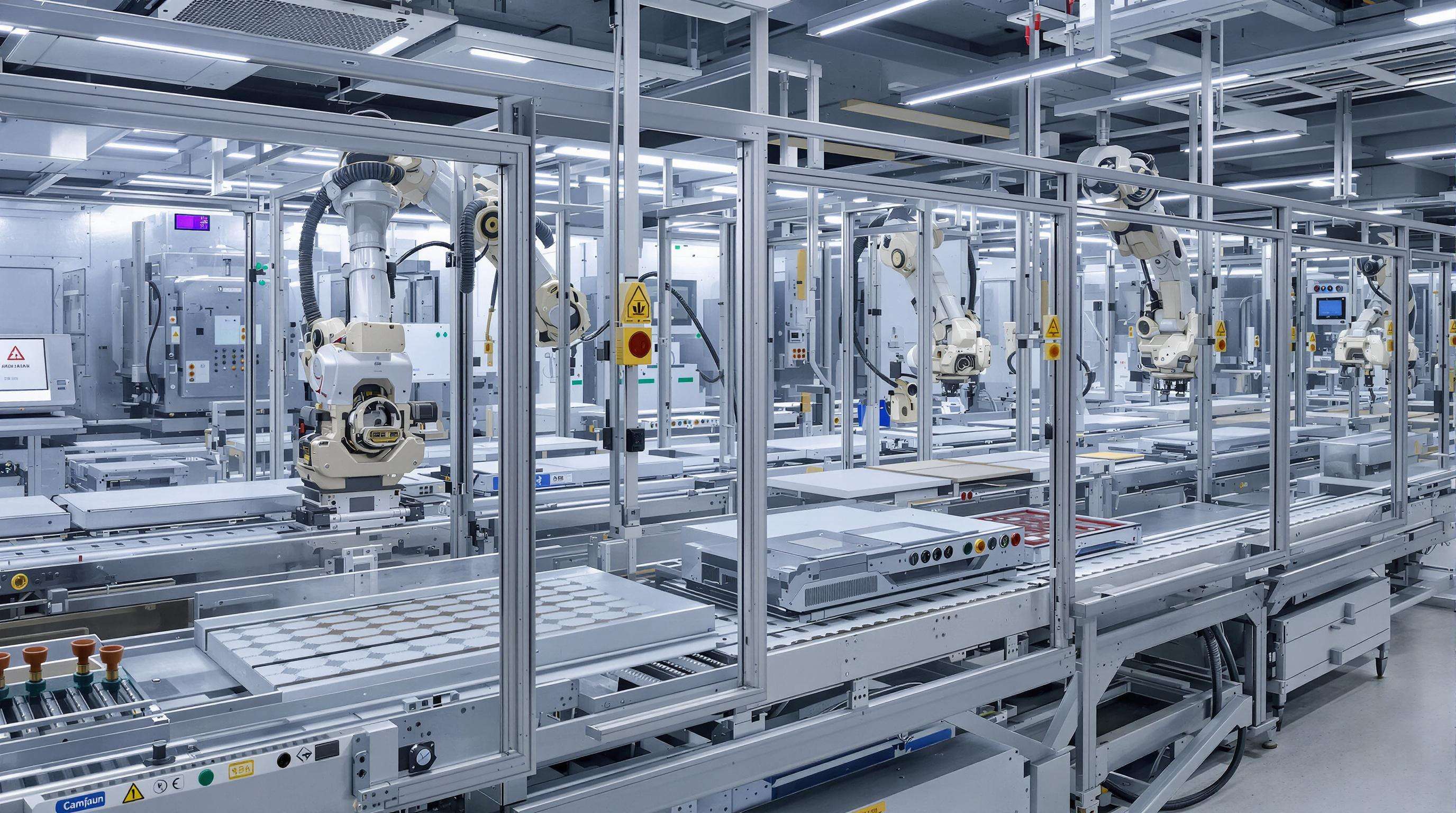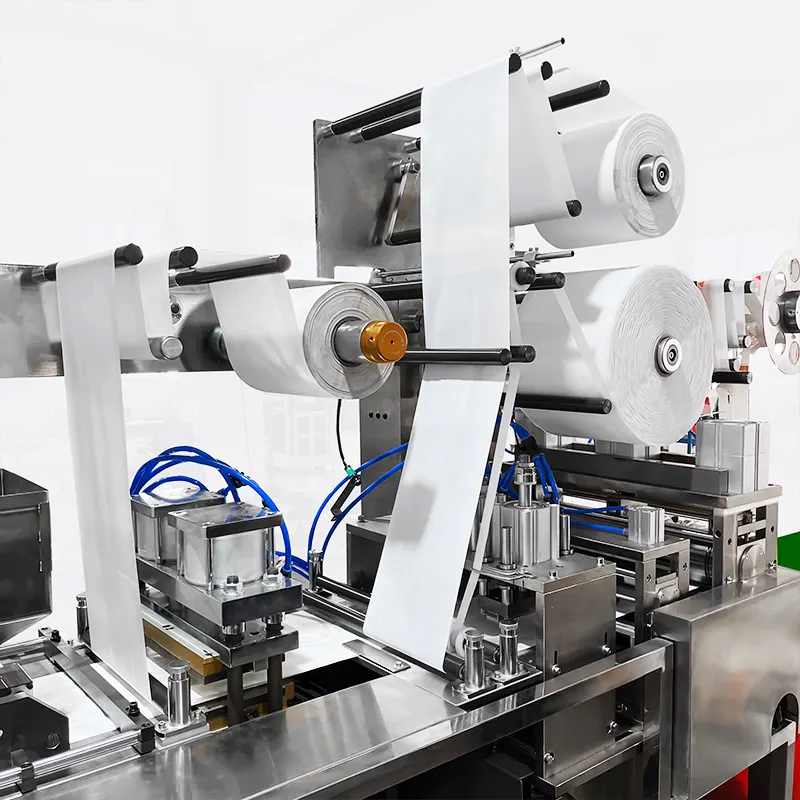Heating Patch Raw Materials Breakdown

Core components: Iron powder vs. cellulose blends
Modern heating patches rely on two primary material systems for heat generation. Iron powder formulations dominate commercial products due to their predictable exothermic oxidation when exposed to air, delivering consistent 40-50°C heat output for 8-12 hours.
Cellulose-based alternatives use plant-derived fibers blended with reactive salts, producing lower peak temperatures (32-38°C) but offering biodegradability advantages. Manufacturers balance these options based on application needs - iron for higher heat demands, cellulose for eco-conscious markets requiring shorter warmth durations.
Activation chemistry: Oxygen interaction mechanisms
The thermal output hinges on precise oxygen management. Iron powder patches employ micrometer-scale particle grading (10-150µm sizes) to regulate reaction speed through the oxidation formula:
4Fe + 3O₂ → 2Fe₂O₃ (ΔH = -1652 kJ/mol)
Cellulose systems use hygroscopic reactions where moisture activates magnesium chloride-doped fibers, initiating heat release through crystallization. Both systems incorporate gas-permeable membranes (5-50µm pore sizes) to maintain reaction stability across temperature fluctuations.
Heating Patch Component Fabrication
Layered construction: Adhesive vs. heating layers
Strategic design separates thermal and adhesive functions - the heating layer contains reactive materials while the adhesive layer uses skin-safe medical-grade polymers. Breathable non-woven fabric barriers between layers maintain structural integrity during movement for 8-12 hours.
Temperature regulation materials selection
Phase-change compounds with heat capacities between 1.8-2.5 J/g°C buffer temperature fluctuations. Thermal pastes (5-8 W/mK conductivity) create optimal thermal bridges, while graphene-enhanced textiles enable precise heat distribution. Ceramic powders ensure electrical resistance exceeding 10¹⁰ Ω·cm for safety.
Manufacturing precision: ±0.5°C tolerance requirements
Automated micro-dispensing systems deposit heating compounds with 0.01g accuracy. Laser-guided layer alignment maintains ±25μm tolerances, with temperature-test chambers validating specimens through stabilization cycles. Statistical process control monitors coating thickness and density during fabrication.
Heating Patch Manufacturing Process

Step 1: Activation mechanism encapsulation
Iron powder or cellulose compounds are encapsulated in semipermeable polymer membranes with pore sizes calibrated to ±5 microns. Nitrogen-flushed chambers package materials at 25% relative humidity for stable shelf life.
Step 2: Heat distribution matrix assembly
Conductive carbon fibers (8-12 μm diameter) are laser-cut into hexagonal patterns for 94% thermal uniformity. Automated systems layer these between non-woven polyester substrates at target density of 0.35 g/cm³.
Step 3: Temperature control layer integration
Phase-change materials are precision-deposited (0.2 mm thickness) to maintain 40-50°C skin contact temperatures. Robotic dispensers achieve 98% coverage accuracy, followed by cryogenic stabilization at -30°C.
Step 4: Adhesive layer application techniques
Hypoallergenic hydrogels are coated at 150°C, creating 0.1 mm thick adhesive zones with 12 N/cm² peel strength. Final curing combines UV exposure with pressure bonding for immediate tackiness.
Heating Patch Quality Control Protocols
Thermal consistency testing methods
Infrared thermal imaging and microsensors verify ±1.5°C uniformity. Accelerated aging tests simulate 6-month shelf life impacts under controlled humidity (45-75% RH).
Durability testing: 72-hour stress simulations
Patches undergo continuous operation at 50°C while monitoring heat output decay. Mechanical tests include 1,200+ bend cycles and 98% humidity exposure to ensure reliability.
Safety certifications: FDA vs. CE standards
- FDA Class I Medical Device: Skin safety testing across 200+ subjects
-
CE Mark: 48-hour thermal runaway prevention tests
Both require validation of maximum surface temperatures (≤52°C) and material degradation studies.
Heating Patch Safety Testing Requirements
Skin irritation risk mitigation strategies
Three-layer protection:
- Hypoallergenic adhesives with <0.1% free monomer content
- 48-hour artificial perspiration exposure
- Clinical trials monitoring 500+ subjects
Overheating prevention system validation
- Thermal cutoffs activate at 50°C
- Environmental testing across 30-95% humidity
- Infrared thermography detects microscopic hot spots
Sustainable Heating Patch Production Trends
Biodegradable material adoption
A 2023 industry report shows 38% of manufacturers transitioned to biodegradable materials, with cellulose accounting for 29% of heating layer matrices. This reduces plastic waste by 18% compared to 2021 baselines. Consumer demand drives this shift, with 62% of users seeking compostable options.
FAQ
What are the main components of heating patches?
The primary materials in heating patches include iron powder for heat generation and plant-derived cellulose blends, with reactive salts for biodegradable options.
How do heating patches regulate temperature?
Temperature regulation in heating patches is achieved through phase-change compounds and thermal pastes that buffer fluctuations, maintaining consistent warmth.
What safety measures are in place for using heating patches?
Heating patches undergo extensive testing including skin irritation risk mitigation, thermal consistency, and durability testing to meet FDA and CE standards, ensuring their safe use.




